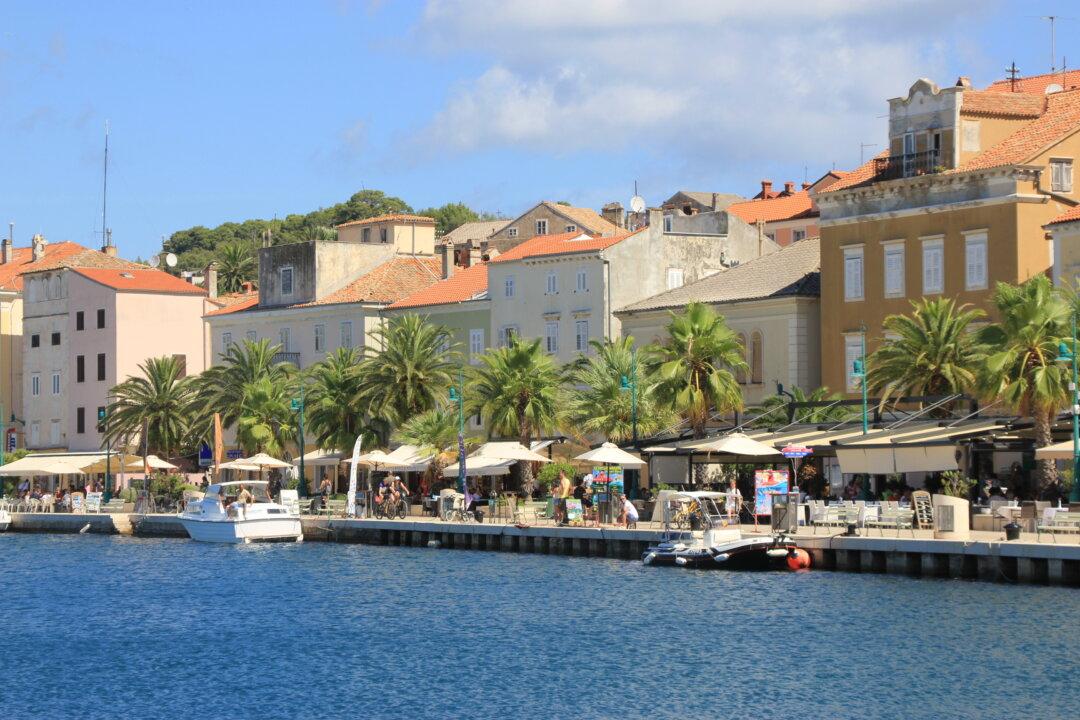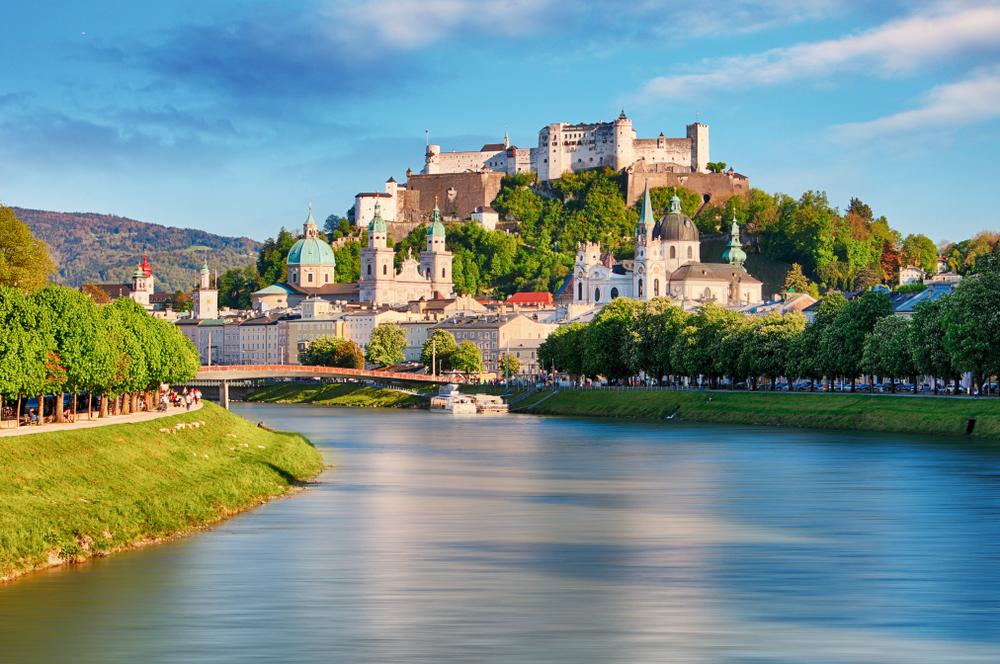The creature on the side of the road looked like a mixture between a monkey, an anteater, and a raccoon, and it was certainly something I had never seen before. I frantically parked the rental car, grabbed my camera and began taking photos and videos, though there was no rush. The fluffy animal with the bushy tail simply continued with what it had been doing—eating potato chips out of a discarded bag. The white-nosed coati, as I later learned, is a frequent sight in Costa Rica and unafraid of humans.
I was on my way to the Monteverde Cloud Forest Biological Preserve for a two-hour guided tour through this unique ecosystem. Due to its high altitude—some 4,600 feet above sea level—Monteverde receives a steady supply of clouds, hence its name. The moisture, often in the form of fog, catches on the branches of the tallest trees and drips down to the other organisms below.





